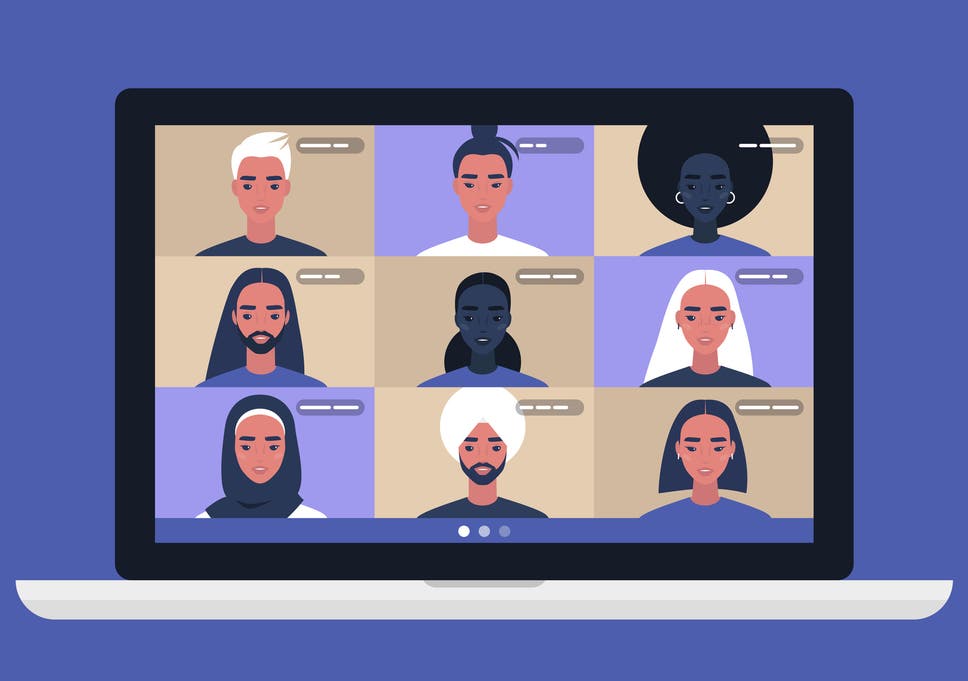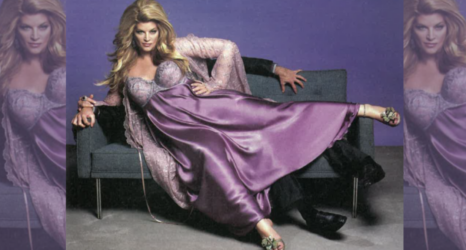
Finding yourself more agitated after that video call with your colleagues than when you meet with those same people in person? You’re not alone.
And it’s not just the generally stressful times, the way your neck tightens when you peer into the computer, or the fear of pets or children or your unfolded laundry being visible in the screen. It’s because we’re in new terrain with regard to self-presentation, and women are likely dealing with more agitation on the video call than men.
Women have been raised to constantly self-evaluate in a world where appearances matter. All people know that their look is important—but in a world where bodies line up along a hierarchy of worth and appearance is used to allocate power and resources, women have a particularly narrow range of acceptable behavior.
Two issues are creating extra stress for women on video calls:
- The first is self-objectification, and
- the second is the narrow band of credibility that women already inhabit regarding appearance and behavior.
Appearance credibility goes beyond how women dress and whether they wear makeup—though these are certainly critical, as studies show women who wear makeup earn more and are treated better.
Visual cues and behavioral credibility often work together—and when it comes to behavior, women have a narrow range of acceptance. This is often called the “double bind” dilemma: Speak up too much and you’re considered pushy; speak up too little and you’re invisible. It’s possible to be seen as credible or likable—but rarely both. (Catalyst created a great info-graphic illustrating this double bind.)
In a video call, women simply have less to work with in order to establish and maintain credibility.
Furthermore, women may be triggered by constantly realizing these “handicaps” because we are looking at our own faces during the call. Men can unwittingly reinforce this lack of equity by paying less attention to their own appearance on video calls. They may seem more comfortable because they’re not considering how their credibility is under scrutiny due to behavior and appearance.
I recently spent time in a video meeting with two women and two men. The man who spoke the most had the camera placed below his face, giving us an up-the-nose angle. He also leaned back in his chair, creaking to and fro while he spoke and his shirt and tie seemed rumpled. The other man seemed comfortable in his home office chair, moving about freely while others talked.
All of the women on the called seemed to have considered good lighting and camera angle and they sat facing the camera. As I looked up the nose of the chair creaker, I thought to myself, “Wow. A woman would have to be CEO before behaving that way—and then of course she wouldn’t, because she’d understand the value of appearance.”
Many people struggle with hyper-vigilance while watching themselves talk online during meetings. Part of my life’s work has been focused on researching, writing and helping others understand how deeply destructive this hierarchy of appearance and identity can be.
And as with many common things in the social world, it just seems normal. Appearance hierarchy includes gender conformity and race and perceived attractiveness and age—some of which can be manipulated for conformity.
Our acceptance that people need to learn to “look right” is detrimental to us as individuals and to our ability to build a collective culture where people are capable of fully sharing their gifts—rather than creating anxiety and fear. Even I am rattled by the amount of time I’ve spent looking at myself in the little talking box on video calls and in teaching during these past weeks.
None of us is above the culture in which we were raised. Even if we have our own self-love and confidence on good days, these are not the best days. Getting yourself presentable for work before leaving the house in the morning is very different than watching yourself constantly, while talking and listening.
Of course, video calls allow for us to focus mainly on the person speaking, or even turn off the view of ourselves—which, for all the reasons I mention above, women do at their own peril. That can help, but acknowledging that something significant has shifted in the way we each “consume” our own image is important too.
Women were raised with profound messages about self-objectification. We’re often managing a subtext in our minds about how we look to others, sound to others, seem to others. It’s a major cause for the well-documented retreat that girls make from vibrant external interests as they enter their tweens and teens.
This external focus usually diminishes to a manageable self-awareness as we leave our teens and twenties—but it never fully disappears. Suddenly, here we are, literally watching our own faces as we talk. It’s not just weird; it can be deeply triggering of personal and social traumas.
Of course, there is an opportunity here to practice equanimity and self-awareness. Sometimes though, this feels akin to deciding that now is the time to write that novel or start a new exercise program: It might all be a bit much to ask of our overly vigilant nervous systems and already strained social and personal relationships.
Awareness of social patterns help us to depersonalize the deep ennui women may be facing as the number of video-calls required of us explodes. Simple things can feel exhausting right now for a number of reasons, but let’s remember that old-fashioned social inequality is always in the mix and do what we can to abate it.





